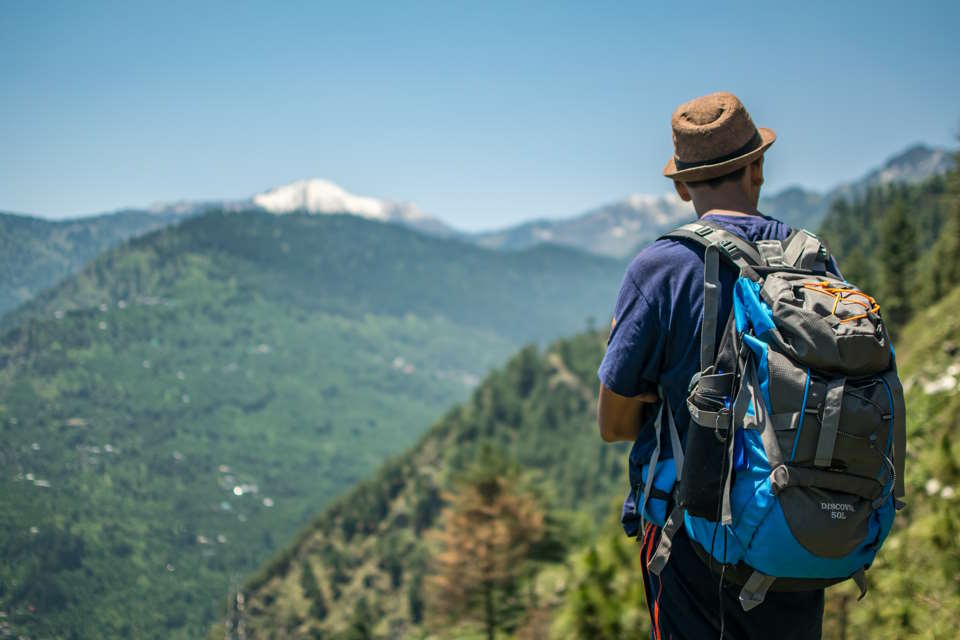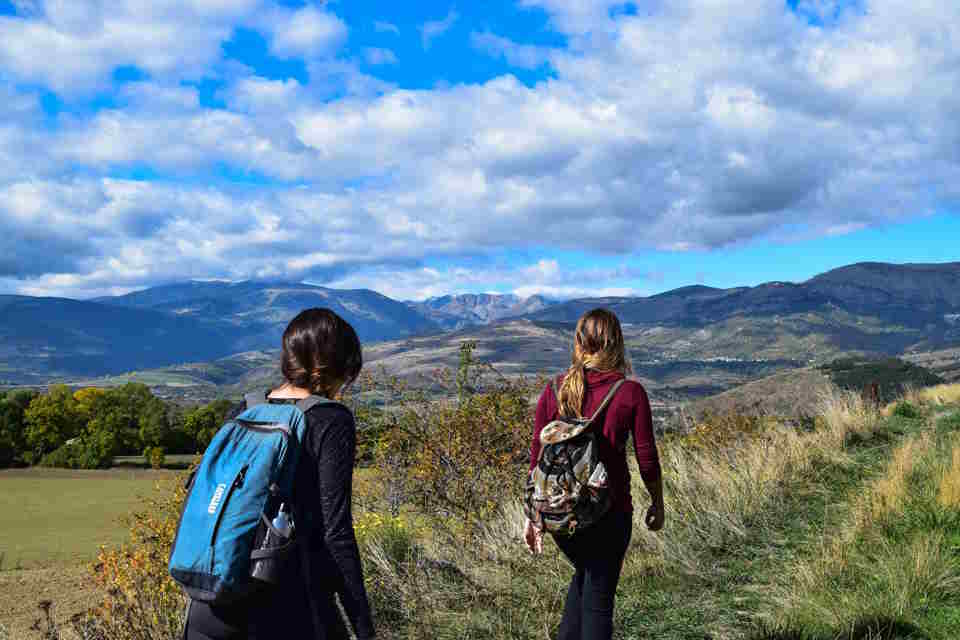In today’s fast-paced world, it’s important to prioritize our physical and mental well-being. One way to achieve this is through a balanced fitness routine that encompasses various aspects of physical and mental conditioning. From building strength and endurance to improving cardiovascular health through aerobic training, developing muscular strength and power, enhancing flexibility and mobility, to cultivating resilience and focus through mental conditioning, each component plays a crucial role in achieving overall fitness. In this blog post, we will delve into each of these subheadings and explore the key principles and benefits of incorporating them into our fitness regimen. Whether you’re a seasoned athlete or a beginner looking to improve your health, this comprehensive approach to fitness has something to offer for everyone.
Physical Fitness: Building Strength And Endurance

Physical fitness is essential for leading a healthy and active lifestyle. Strengthening and building endurance are key components of overall physical fitness. Whether you’re an athlete looking to improve your performance or just someone wanting to stay fit, incorporating strength and endurance training into your workout routine is crucial.
Building strength involves resistance training, which helps increase muscle mass and bone density. By regularly engaging in activities such as weightlifting, bodyweight exercises, or using resistance bands, you can progressively build and strengthen your muscles. This not only improves your overall physical strength but also helps prevent injuries in daily activities and sports.
Endurance, on the other hand, refers to your body’s ability to sustain prolonged physical activity. Cardiovascular endurance can be enhanced through aerobic training, such as running, swimming, cycling, or participating in high-intensity interval training (HIIT). These activities help improve your heart and lung function, allowing you to perform physical tasks for an extended period without getting fatigued.
Aerobic Training: Improving Cardiovascular Endurance

Aerobic training is an essential component of any fitness routine. It involves activities that increase your heart rate and breathing, ultimately improving cardiovascular endurance. This type of exercise is crucial for maintaining a healthy heart and lungs, as well as for overall physical fitness.
One of the best ways to improve your cardiovascular endurance is by engaging in activities such as running, swimming, cycling, or even dancing. These exercises help strengthen the heart and lungs, allowing them to work more efficiently and effectively. As a result, you’ll be able to perform physical tasks with less fatigue and greater stamina.
By incorporating regular aerobic training into your workout routine, you can experience a wide range of benefits, including reduced risk of heart disease, improved mood and mental wellbeing, and better overall health. So, lace up your sneakers and get ready to boost your cardiovascular endurance through the power of aerobic exercise!
Strength Training: Developing Muscular Strength And Power

Strength training, also known as resistance training, is a form of physical activity that is designed to improve muscular fitness by exercising a specific muscle or muscle group against external resistance, such as free weights, weight machines, or resistance bands. This type of training not only helps to develop greater muscular strength and power, but also has a positive impact on bone density, metabolism, and overall functional capacity.
One of the key benefits of strength training is its ability to enhance muscular strength and power. By gradually increasing the amount of resistance over time, individuals can improve their muscle mass and strength, which in turn can lead to improved performance in various physical activities, such as sports, weightlifting, and daily functional movements.
Moreover, strength training has been shown to be an effective strategy for weight management, as it can help to increase the body’s resting metabolic rate, leading to a greater calorie burn throughout the day. Additionally, it can also decrease the risk of injury by strengthening the muscles and connective tissues, and improving overall joint stability and flexibility.
Flexibility And Mobility: Enhancing Range Of Motion

Flexibility and mobility are essential components of physical fitness that often get overlooked. However, improving your range of motion can have a significant impact on your overall performance and well-being. Whether you’re an athlete looking to prevent injuries or simply want to move more freely in your daily activities, enhancing flexibility and mobility should be a priority in your training routine.
One of the best ways to improve flexibility is through regular stretching exercises. Dynamic stretching, in particular, can help increase your range of motion by actively moving your muscles through their full range of motion. This type of stretching is especially beneficial for athletes who need to move quickly and with power, as it mimics the movements required during physical activity. Incorporating dynamic stretching into your warm-up routine can help prepare your body for the demands of your workout or sport.
Another effective method for enhancing mobility is through foam rolling. This self-myofascial release technique targets the connective tissue in your body, helping to release tension and improve flexibility. By using a foam roller to apply pressure to specific areas of your body, you can help break up adhesions and improve blood flow to your muscles. This can ultimately lead to greater mobility and reduced risk of injury during exercise.
Mental Conditioning: Cultivating Resilience And Focus

Mental conditioning is an essential part of overall well-being and health. It involves developing resilience and focus to handle life’s challenges and perform at our best. Cultivating a strong and resilient mindset can help us navigate through the ups and downs of life with grace and ease.
One way to enhance mental conditioning is through meditation. Meditation practices can help quiet the mind, reduce stress, and improve focus. Taking just a few minutes each day to sit in silence and focus on the breath can have a profound impact on mental resilience.
Another important aspect of mental conditioning is positive self-talk. The way we speak to ourselves internally can greatly influence our mindset and outlook on life. By practicing positive affirmations and cultivating a growth mindset, we can build mental strength and resilience to overcome obstacles.




